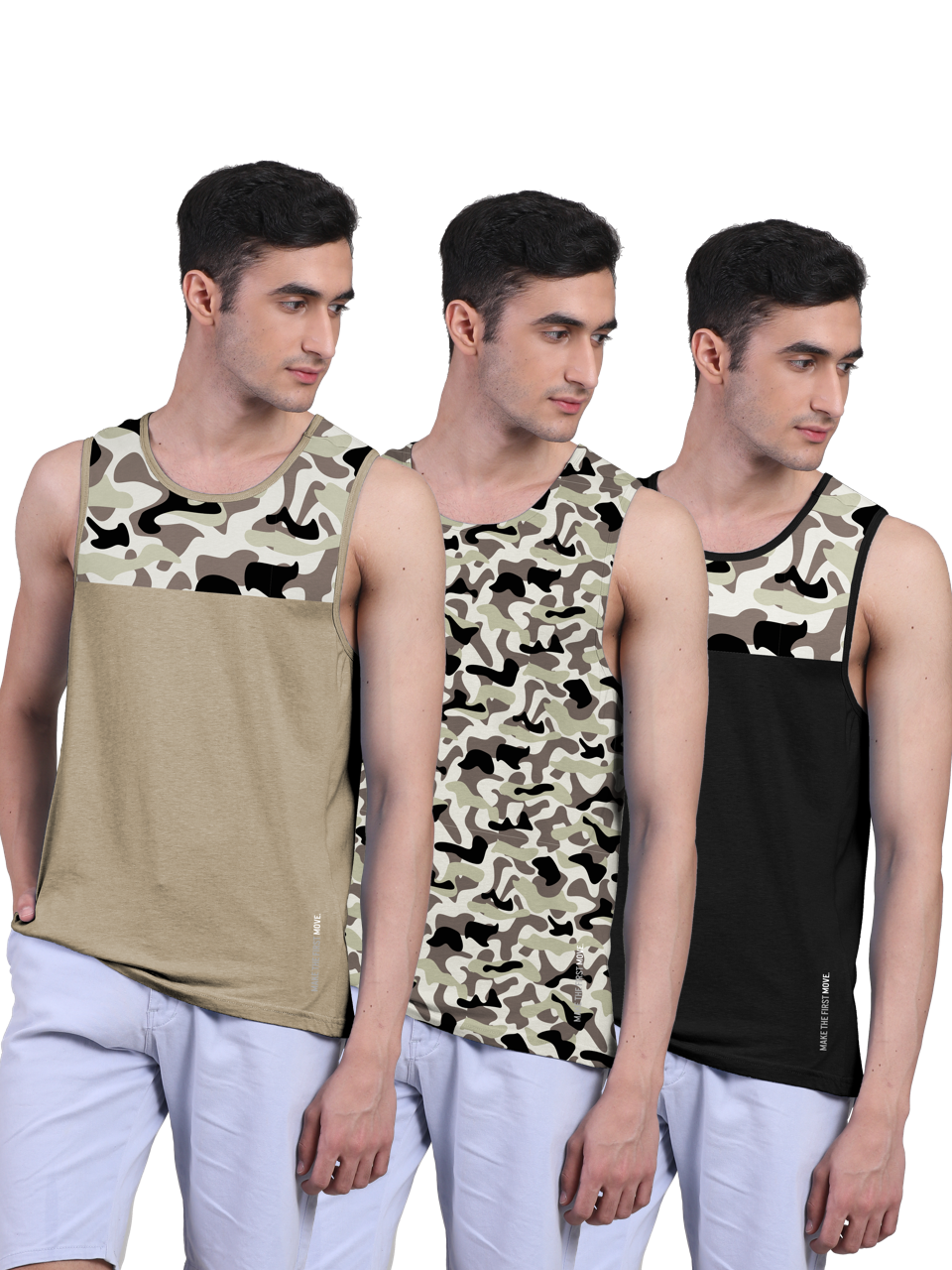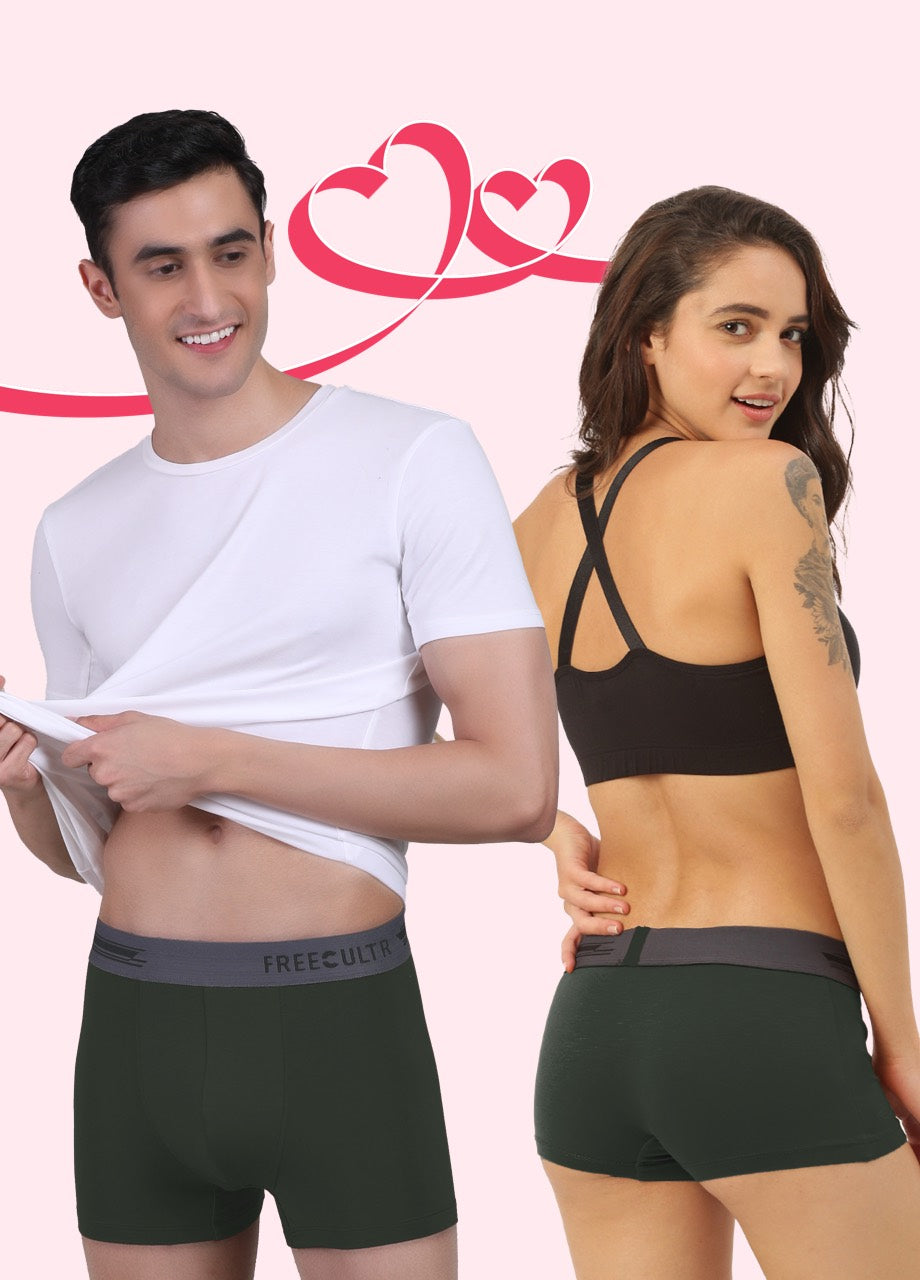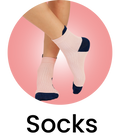Let's face it, the modern man juggles demanding roles, from boardroom meetings to weekend adventures. But what about the silent partner working tirelessly beneath your outer layers? The undershirt industry is evolving, pushing beyond basic cotton to incorporate advanced moisture-wicking fabrics, driven by the activewear boom. We'll explore how cutting-edge textiles like micro-modal and performance blends offer a lightweight feel, addressing the common problem of overheating and discomfort. This is more than just fabric; it's about engineered comfort. We'll show you how choosing the right undershirt can significantly impact your daily performance and confidence.

The Importance of a Lightweight Undershirt
In the world of men's fashion and comfort, the undershirt often gets overlooked. But, a well-chosen undershirt can significantly impact your overall comfort and confidence throughout the day. The primary function of a lightweight undershirt is to act as a barrier between your skin and your outer clothing. This simple layer can prevent sweat stains, reduce chafing. Regulate body temperature, keeping you feeling fresh and comfortable, regardless of the weather or activity.
Understanding Moisture-Wicking Technology
Moisture-wicking technology is the cornerstone of a high-performance undershirt. It refers to the ability of a fabric to draw moisture away from the skin and transfer it to the outer surface of the material, where it can evaporate more easily. This process helps keep you dry and comfortable, preventing that clammy, uncomfortable feeling that can occur when you sweat. Fabrics like merino wool, polyester, nylon. Blends of these materials are commonly used in moisture-wicking undershirts.
How it Works:
- Capillary Action: Moisture-wicking fabrics utilize capillary action, which is the ability of a liquid to flow in narrow spaces against the force of gravity. The fibers in these fabrics are designed with tiny channels that pull moisture away from the skin.
- Hydrophobic and Hydrophilic Properties: Many moisture-wicking fabrics combine hydrophobic (water-repelling) and hydrophilic (water-attracting) fibers. The hydrophilic fibers absorb moisture, while the hydrophobic fibers help to transport it to the outer layer of the fabric.
Fabric Choices: A Comparison
The choice of fabric is crucial when selecting a lightweight and moisture-controlling undershirt. Here's a comparison of some popular options:
| Fabric | Pros | Cons | Best For |
|---|---|---|---|
| Merino Wool | Excellent moisture-wicking, natural odor resistance, soft and comfortable, temperature regulation. | Can be more expensive, may require special care when washing. | Everyday wear, travel, outdoor activities, colder climates. |
| Polyester | Durable, affordable, excellent moisture-wicking, quick-drying. | Can retain odors if not treated, not as breathable as natural fibers. | Sports, high-intensity activities, warm climates. |
| Nylon | Strong, durable, excellent moisture-wicking, lightweight. | Can be less breathable than other options. | Sports, high-intensity activities. |
| Cotton | Soft, comfortable, affordable. | Poor moisture-wicking, retains moisture, can feel heavy and uncomfortable when wet. | Casual wear in cooler climates (not recommended for high-sweat situations). |
| Blends (e. G. , Polyester/Spandex) | Combines the benefits of different fibers, improved stretch and fit. | Performance depends on the blend ratio. | Versatile, suitable for various activities. |
Fit and Design Considerations
Beyond the fabric, the fit and design of an undershirt also contribute to its comfort and effectiveness. Key considerations include:
- Fit: A snug fit is generally preferred, as it allows the undershirt to stay close to the body and effectively wick away moisture. But, it should not be too tight, as this can restrict movement and cause discomfort.
- Sleeve Length: The appropriate sleeve length depends on the outer garment. For dress shirts, a shorter sleeve length that doesn't extend beyond the shirt sleeve is ideal. For casual wear, a longer sleeve length may be preferred.
- Neckline: The neckline should be chosen based on the outer garment. V-neck undershirts are suitable for wearing under dress shirts with an open collar, while crew neck undershirts are better for t-shirts and sweaters.
- Seam Construction: Flatlock seams are a good choice, as they minimize chafing and irritation.
Real-World Applications and Use Cases
The benefits of lightweight, moisture-wicking undershirts extend to various aspects of daily life:
- Professional Setting: In a professional environment, an undershirt can help maintain a polished appearance by preventing sweat stains and keeping you feeling fresh during long meetings or presentations.
- Athletic Activities: During workouts or sports, a moisture-wicking undershirt can enhance performance by keeping you dry and comfortable, preventing chafing. Regulating body temperature.
- Travel: When traveling, an undershirt can provide an extra layer of comfort and protection, especially in unpredictable weather conditions. Merino wool undershirts are particularly useful for travel due to their natural odor resistance.
- Everyday Wear: For everyday comfort, a lightweight undershirt can help you feel more confident and comfortable, regardless of the weather or activity.
Maintaining Your Undershirts
Proper care is essential to prolong the life and maintain the performance of your undershirts. Here are some tips:
- Follow the Care Instructions: Always refer to the manufacturer's care instructions for specific washing and drying recommendations.
- Use a Mild Detergent: Avoid using harsh detergents or bleach, as these can damage the fabric and reduce its moisture-wicking properties.
- Avoid Fabric Softeners: Fabric softeners can coat the fibers of the fabric, reducing their ability to wick away moisture.
- Air Dry or Tumble Dry on Low: Air drying is generally preferred, as it is gentler on the fabric. If using a dryer, tumble dry on low heat to prevent shrinking or damage.
- Store Properly: Store your undershirts in a cool, dry place to prevent mold or mildew growth.
The Future of Undershirt Technology
The field of performance apparel is constantly evolving. We can expect to see further advancements in undershirt technology in the future. Some potential areas of development include:
- Smart Fabrics: Integration of sensors and other technologies to monitor body temperature, heart rate. Other physiological data.
- Advanced Moisture-Wicking Materials: Development of new fabrics with enhanced moisture-wicking and odor-resistant properties.
- Sustainable Materials: Increased use of recycled and sustainable materials in undershirt production.
Finding the Perfect Undershirt for Fashion & Comfort
Ultimately, the best undershirt for you will depend on your individual needs and preferences. Consider your activity level, climate. Personal style when making your selection. By choosing a lightweight, moisture-wicking undershirt that fits well and is made from high-quality materials, you can significantly enhance your comfort and confidence in any situation. With the right choice, you can experience the perfect blend of fashion and comfort.
Conclusion
The road ahead for your comfort and confidence starts now. We've explored how lightweight, moisture-wicking undershirts are more than just a layer; they're a silent partner in your daily performance. Imagine facing that high-pressure meeting or intense workout feeling fresh and dry, knowing your undershirt has your back (literally!). Future trends point toward even more advanced fabrics that adapt to your body's needs, offering personalized climate control. Your next step? Experiment! Try different fabrics and fits to find what works best for your lifestyle. Don't be afraid to invest in quality; a well-made undershirt is a long-term investment in your comfort. So, step into a world of enhanced comfort and conquer your day with newfound confidence. You deserve it! Check out the latest in men's fashion here.More Articles
Men's Cotton Trunks Pack of 3 – Breathable Comfort & Flexible FitPaisley Bandana for Men Cotton – Soft Comfort & Classic Style
Black Bandana for Men Head – Versatile Fashion & Moisture-Wicking
Printed Bandana for Men Face Mask – Breathable Comfort & Unique Design
FAQs
So, what's the big deal about a lightweight undershirt? Why not just a regular tee?
Good question! Think of it like this: a regular tee under your dress shirt can feel bulky and trap heat. A lightweight undershirt is designed to feel like you're wearing almost nothing at all, letting your skin breathe and preventing that swampy feeling under your clothes.
Moisture control... Does that mean it'll actually stop me from sweating?
Not exactly stop, because, well, bodies sweat! But what it does do is wick away that moisture from your skin. Instead of your sweat soaking into your dress shirt and creating embarrassing pit stains, it's drawn into the undershirt where it can evaporate more easily. Think of it like a tiny, personal dehumidifier under your clothes.
Will these undershirts shrink in the wash?
That's the dreaded undershirt shrink! Most quality lightweight undershirts are pre-shrunk or made with materials that resist shrinking. Still, following the care instructions on the label is always a smart idea to keep them fitting perfectly.
What fabrics are best for lightweight and moisture-wicking undershirts?
You'll often see synthetic fabrics like polyester, nylon, or blends of these. They're great at wicking moisture and staying cool. Natural fibers like merino wool are also awesome because they're naturally breathable and odor-resistant. Can be a bit pricier.
Are these undershirts just for dress shirts, or can I wear them with other stuff?
Versatility is key! You can absolutely wear them under polos, sweaters, even t-shirts for an extra layer of comfort and moisture control. They're great for workouts too!
Okay, convince me: why should I really spend money on a special undershirt?
Think about the confidence boost! No more worrying about sweat stains ruining your look. Plus, the comfort factor is huge. A good undershirt can make even an itchy dress shirt feel bearable. It's an investment in feeling good all day long.
What color undershirt should I choose so it doesn't show through my shirt?
This is a pro tip! Avoid white undershirts under light-colored dress shirts. Seriously. Go for light grey or a skin-tone matching color. They blend in much better and are far less visible.







